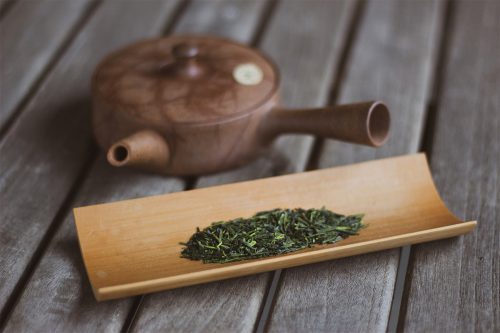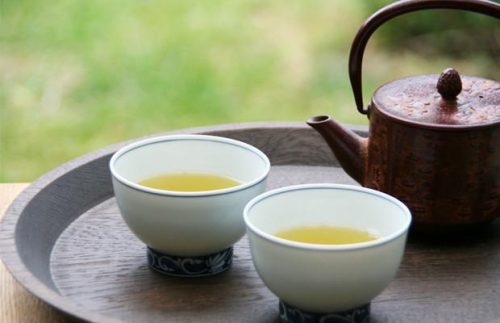
Taste Makinohara Tea, the Finest Tea in Japan
The town of Makinohara is recognized as Japan’s greatest area for tea cultivation. The abundance of tea plantations that border the highways and fill the region, making it possible to smell the fragrance of tea in the air. Makinohara is a great place for tea production with fertile soil and a warm temperate climate that has plenty of rain, even in the driest months.
Makinohara is located in western Shizuoka Prefecture. In the mid-13th century, this area in Japan was known as Ashikubo. In the Song Dynasty, a monk called Shoichi Kokushi brought tea seeds from China and planted them in the Ashikubo area. Over the years from the 16th century to the 17th century, this area began to master the process of making tea. Japan’s finest tea was soon worthy enough to present to the Shogun Tokugawa Ieyasu (1543-1616).
The 19th century brought a new beginning for tea farmers with the Meiji government ready to trade tea and silk to overseas buyers. Farmers saw the land to be promising and took up the challenge, and the first tea leaf picking season began in 1873. More and more tea plantations and tea gardens were created in Makinohara, while nearby Port Shimizu opened in 1899 for foreign trade.

Today, Makinohara tea continues to be favored by consumers in Japan and worldwide. The main reason for the fine taste is due to the clean air, abundant sunshine, and sufficient rainfall. No chemicals are used to enhance the tea plant. Where the plants are grown, plant matter is placed around the bottom of the tea plants to provide the plants with extra nutrients, thus giving more flavor to the tea leaves.
The Makinohara way of producing green tea is in the nurturing of the tea plants. What makes Makinohara tea stand out from your normal green tea is a special deep steaming process that puts more nutrients into the tea and produces a tea with greater flavor. Deep steaming tea leaves extracts umami from the thick leaves. The umami holds the nutrients, and you can taste it when tea leaves are immersed in hot water.

When you buy Makinohara tea, it is recommended to keep the tea in a cool place so the leaves will not leach nutrients. White gloves are also recommended for hygiene, and care is taken when brewing and pouring the tea.
To make at a cup of Makinohara tea, boil the water, but cool it to 80°F before pouring over the tea leaves. If you wish to use the same tea leaves from the teapot again, you don’t need to cool the boiled water as it will release the remaining nutrients from the tea leaves.




